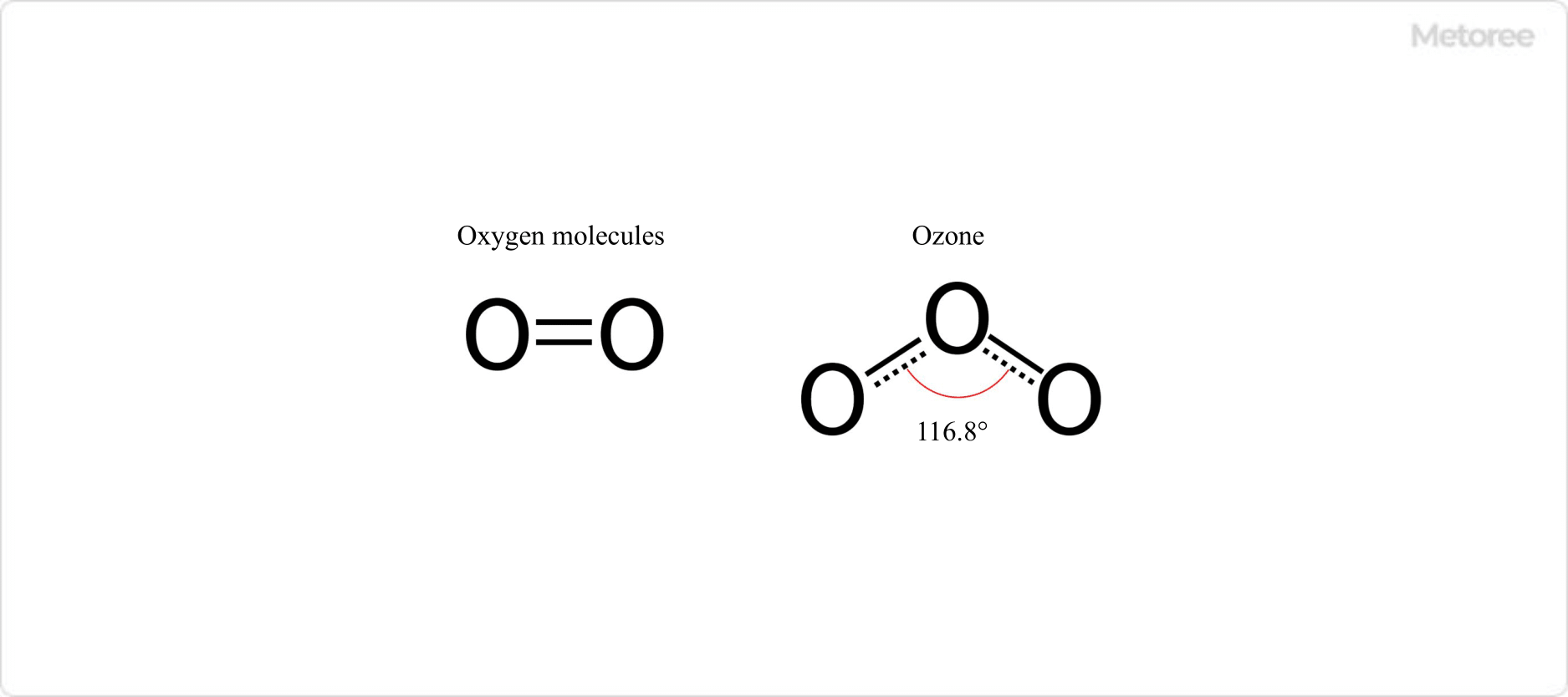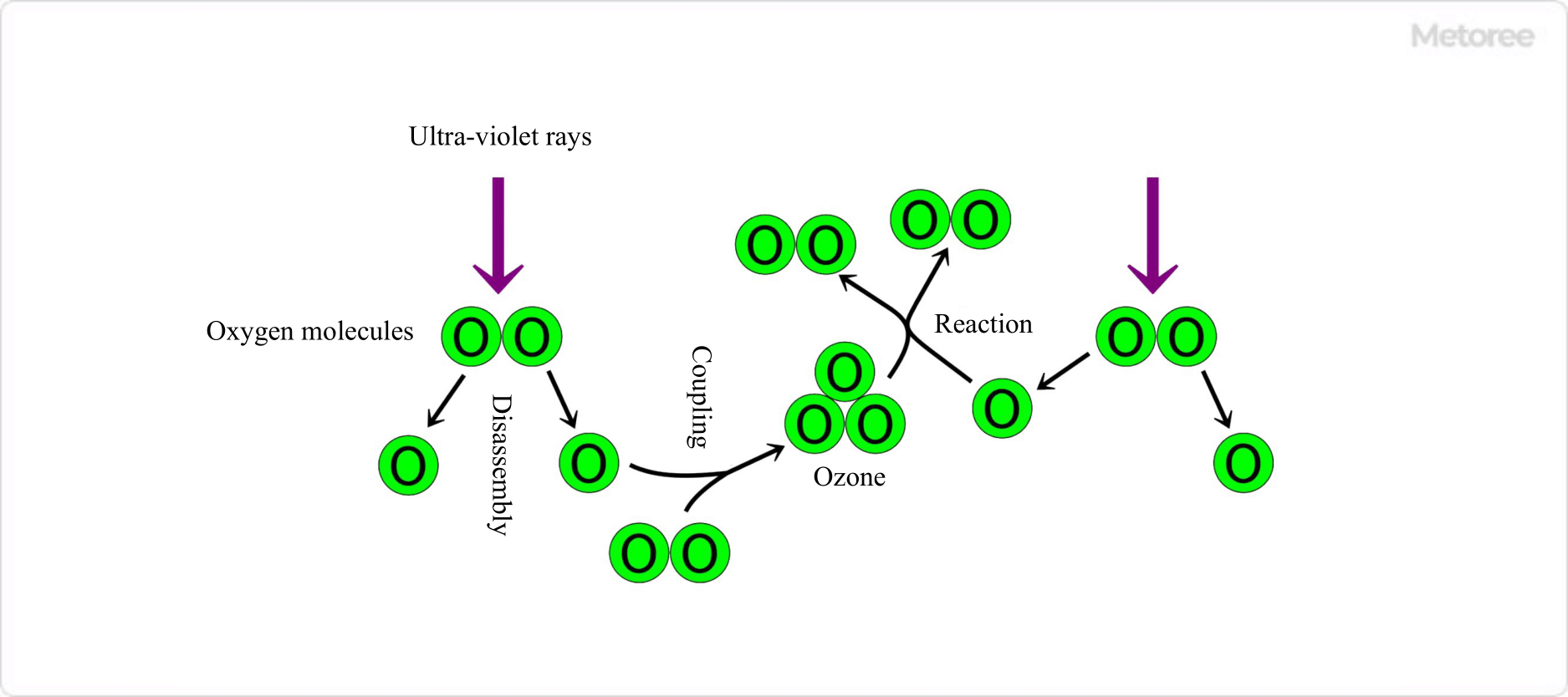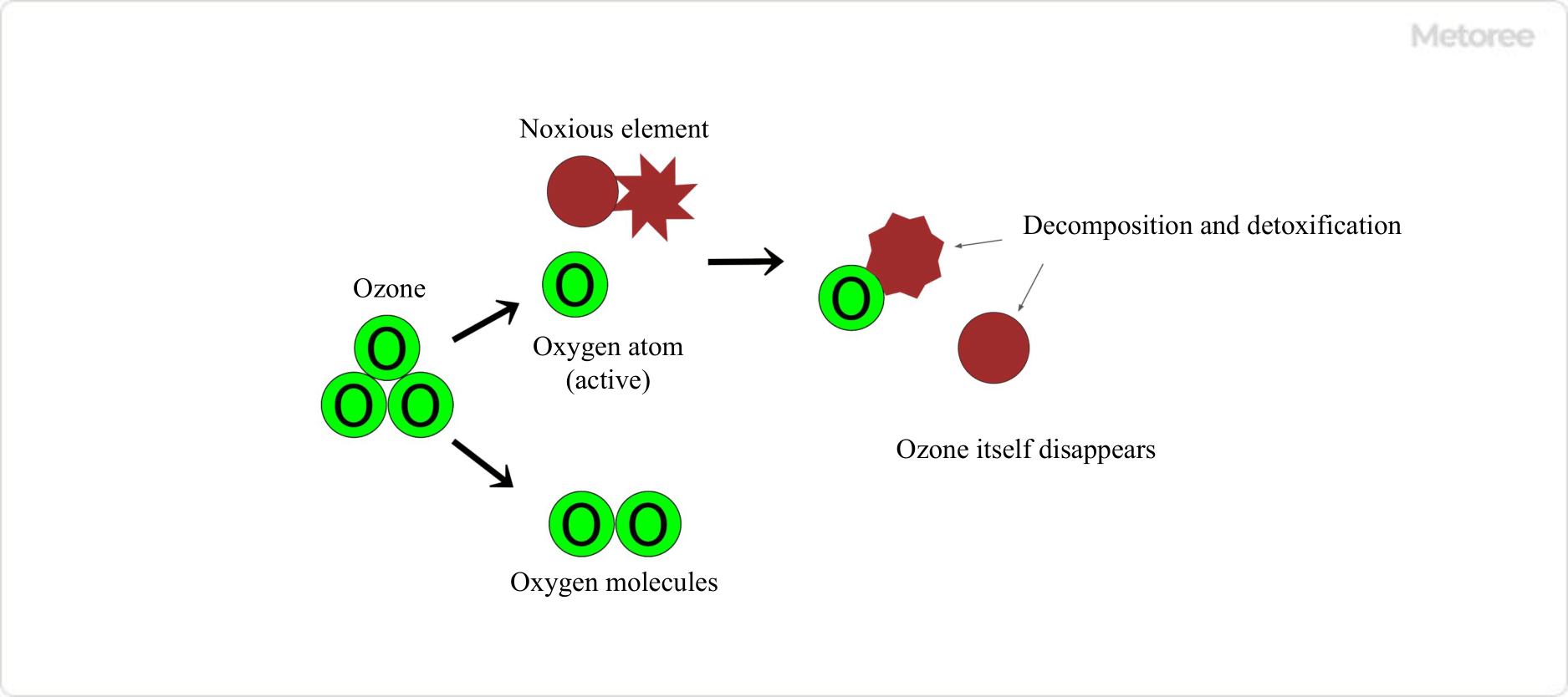What Is Cumene?
Cumene, or isopropylbenzene, is an aromatic organic compound in which one hydrogen atom in the benzene ring is replaced by an isopropyl group. Known also as 1-methylethylbenzene and 2-phenylpropane, its chemical formula is C9H12, and it has a CAS number of 98-82-8.
Initially prepared on a mass scale as a raw material for aircraft fuel during World War II, cumene was oxidized to produce cumene hydroperoxide, subsequently decomposed to yield acetone and phenol. This process, known as the cumene process, became an industrial method for manufacturing acetone and phenol.
Applications of Cumene
1. Cumene Method
The cumene process, an industrial reaction, synthesizes phenol and acetone from benzene and propene. This involves the alkylation of benzene with propene to form cumene, followed by its oxidation to cumene hydroperoxide. Acidic decomposition of cumene hydroperoxide produces acetone and phenol. The cumene method, utilizing oxidation at ambient pressure, is preferred for the mass production of acetone and phenol, crucial solvents and plastic precursors.
2. Plastic Raw Materials
The majority of cumene’s demand is for the production of phenol. Phenolic resins, synthesized from cumene-derived phenol, include bisphenol A, a key component in manufacturing polycarbonate and epoxy resins, from phenolic resins.
3. Fuel
Cumene is used in high-octane aviation fuels to enhance energy output during combustion.
4. Solvents
In the paint industry, cumene is added to solvents for paints, lacquers, and thinners to improve their properties.
5. Peroxide
Cumene hydroperoxide, derived from cumene oxidation, is a potent oxidizer used in polymer synthesis as a radical initiator due to its ability to generate radicals upon decomposition.
6. Other Raw Materials
Beyond its industrial uses, cumene serves as a precursor in pharmaceutical and fragrance production.
Properties of Cumene
A colorless liquid with a distinctive odor, cumene has a melting point of -140.8 °F (-96 °C), a boiling point of 305.6 °F (152 °C), and a specific gravity of 0.86. It is soluble in ethanol, ethyl ether, acetone, benzene, petroleum ether, and carbon tetrachloride but almost insoluble in water.
Regulated as a hazardous and flammable substance, cumene is recognized under various laws for its health and safety risks, including potential carcinogenic properties and explosion risk at high temperatures or under pressure.
Other Information on Cumene
Synthesis of Cumene
Cumene is synthesized using the Friedel-Crafts reaction, where propylene and benzene react in the presence of aluminum chloride as a catalyst. This process produces a propylene cation that reacts with benzene to form cumene, which is then extracted through hydrolysis. The industrial application of the Friedel-Crafts reaction is a common method for cumene production.


